The Secret Science of Invisible Mending
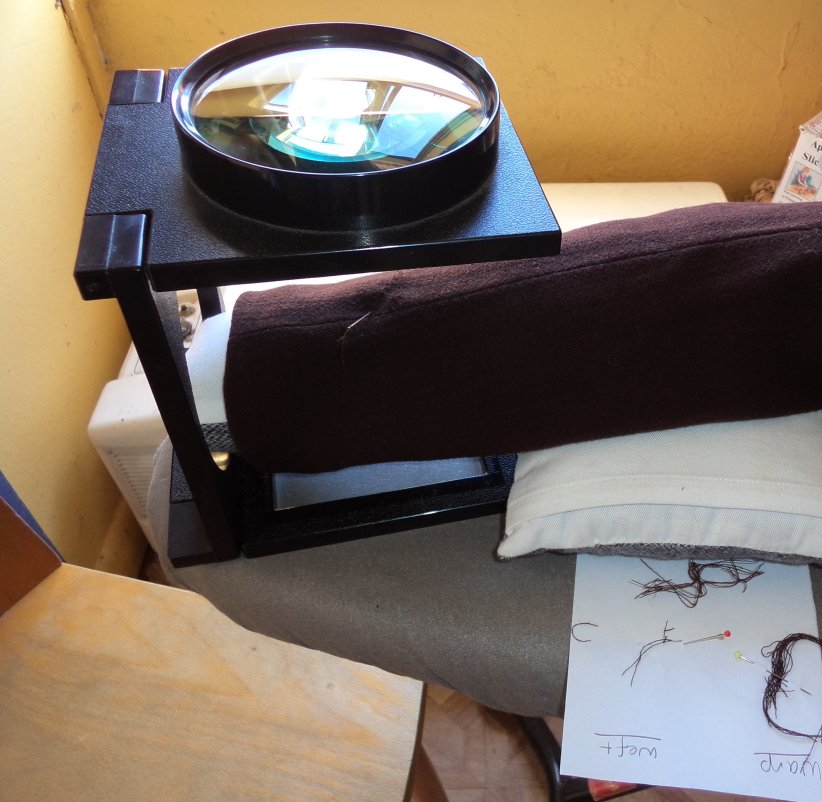
A wedding at Easter caused me to dig out a little brown suit I hadn’t worn in eleven years. I last wore it to my brother’s wedding in 2007.
I was dismayed to discover, part way there in the car, a moth hole in the sleeve. Aaaargh! I tried not to let it distract me during the ceremony.
I recalled that a dressmakers where I worked had a lady who did invisible mending (I was going to write “an invisible mending lady”, as if we never saw her!). I was there one day when she brought in some mending and asked her about it. She said invisible mending wasn’t hard to do, you just had to think about what you were doing. She added that moths go for clothes that have been put away dirty with food on them (not the case here: my jacket was put away clean and pressed).
I wondered if I could invisibly mend the hole. I came across a PDF on invisible mending: frenchreweavinginstructionbook It’s an old book on the subject which has been scanned.
It says, in summary:
- To mend the hole, warp and weft threads are harvested from the inside of the garment to weave back in. (Unfortunately I think I threw out the jacket offcuts last year – I could have used those.)
- The weft (horizontal) threads are woven in first, then the warp threads. Hmmm…the opposite of what I would have thought.
- The reweaving is started at the top edge of the hole rather than weaving the first thread through the centre, to make sure the threads meet up correctly either side of the hole.
- The threads are woven in for a little way either side of the hole, and staggered to hide the bulk of the extra threads.
- The ends of the threads are snipped off when the weaving is finished.
- Looks like special needles are used – extra long and fine ones? The needle is woven into the fabric before it’s threaded. (I found that it was easier to thread the needle first, and I used an ordinary needle.)
- If the weave is fancy, for example twill weave, the mended area has to match. Luckily mine isn’t.
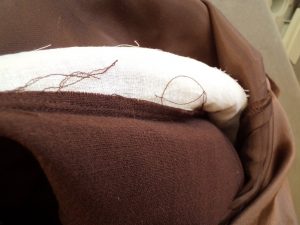
I harvested threads from the matching skirt, rather than the jacket. The weft threads got pulled from under the waist facing. The fabric is a Simona double wool I bought from Catwalk Fabrics in Adelaide. The moths had only eaten through one layer.
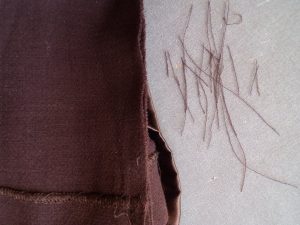
Warp threads got pulled from the edge of the back kick pleat. It’s impossible to pull threads from an overlocked edge, so I unpicked the overlocking, got the threads (hoping I had sufficient) and re-overlocked.

Full of optimism and blissful ignorance, I set up the ironing board at a low level, found a chair and pushed a sleeve roll through the sleeve ready to fix the hole. The first obstacle was my own eyesight: my new spectacles weren’t enough. I found a magnifier my daughter uses to look at rock samples, cleaned the lens of little finger prints, and set it up.
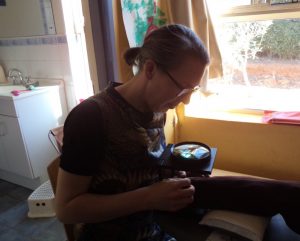
On its own the magifier wasn’t enough, but combined with my spectacles I could see. No wonder the lady in this mending video wears extra magnification.
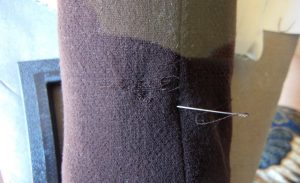
Wow! Reweaving is really hard! Up close through the magnifier it looks shockingly crude. Here’s a short video of a highly experienced reweaver working.
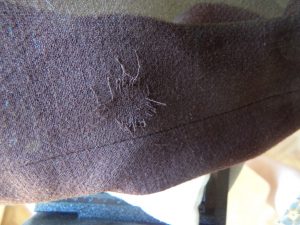
One hour later. The warp threads have all been woven in now. This and the previous photo were taken through the magnifier.
Cheers!
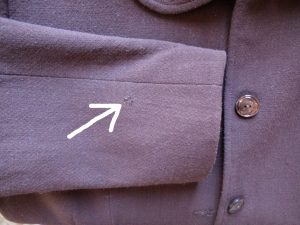
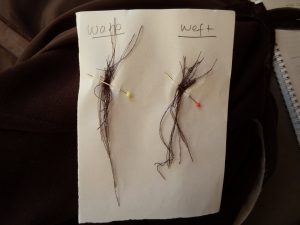
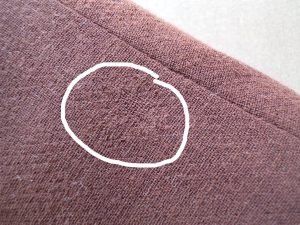
That’s amazing! (I like the idea of an invisible mending lady)
I like the idea of an invisible mending lady too! (but not of being one!)
This is Great! Would love to learn more!
Cheers, Patty. This is all I know but I learnt a lot by doing!
Impressive! Thanks for the tutorial. I’m lousy – I mean _lousy_ at hand sewing. But knowing the technique might help a bit 🙂
You’re welcome Eva, and good luck with your mending.
Thank you so much for this.
You’re welcome.
Fabulous, I’m okay at hand sewing but thought invisible mending was out of my depth, thank you for such great instructions and the French sewing booklet
I thought it was out of my depth too; it’s like the holy grail of mending, isn’t it? However, the invisible mending lady assured us that patience and logic are the keys. All the best with it, Julie.
Where do I buy the manifying glass for invisible mending?
Sorry, I don’t know. We got ours at the op shop and it’s designed for viewing rocks and minerals.
quilting supplies shop
Thanks Jo Jo 🙂
Hello, I have a very old bed cover it was my Nan’s it about 120 years old.
It has a tear on the edge. Would you be able to have a look at it or would you know anybody that would be able to repair it. Margaret
I’m no expert! Are you on facebook? Why don’t you ask this group: https://www.facebook.com/groups/modernmendingclub/
How are the threads secured into the garment? Are they? Do you know what technique is best for invisible mending a t shirt hole? Thanks
The threads aren’t secured; they’re just woven each side of the hole and cut off. It seems to be holding, so far!
I haven’t actually done much invisible mending, because I haven’t had to, but I mended a merino knit top using regular darning like this and perfectly matching thread (the type you use for a sewing machine). It took a long time since it was so fine, but worth it because it was a special top. I used a continuous length of thread rather than the short lengths I used for the jacket in this post.